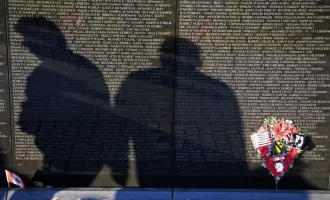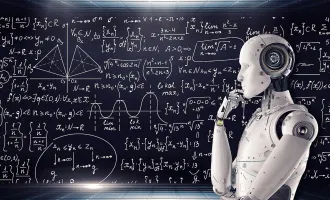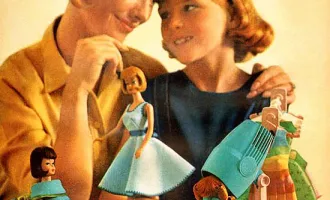
Now is the Time
In the aftermath of the election, the past several days have been difficult for me.
As a woman and a scientist with a set of Mexican grandparents, the results of this election have made me incredibly emotional — especially when I start thinking about how this feels for all of my fellow Americans who are women or people of color or immigrants or non-Christians or LGBTQIA or refugees or veterans or disabled individuals or any other group explicitly victimized (crying babies at rallies?) by the President-Elect during his campaign.
I am heartbroken.
But, even amidst this kind of turmoil, life must still go on. I still had to get up out of bed to go to lab on Wednesday morning after the election.
During my everyday commute between home and lab, I have the privilege of passing by a beautiful mural right near my house: “Educate to Liberate: Lessons in Community” is at the corner of Masonic Avenue and Hayes Street.
It’s a massive painting that takes up almost the entire block, but one of my personal favorite parts is right in the middle where the mural title is written above international activists linking arms.
Every time I walk by the mural, I always look at the woman in the front left of the group. She’s holding a piece of paper and it almost seems like she is reaching out to hand it to me.
That woman is Dr. Wangari Maathai. She earned a PhD in Anatomy in 1971, making her the first woman in East and Central Africa to earn a doctorate degree and the first female professor in Kenya.
In 1977, she played a major role during the struggle for Kenyan democracy by starting the Green Belt Movement, an effort aimed to both counter deforestation and promote peace by encouraging women to plant trees in their communities.
In 2004, praised by the Nobel Committee for her ability to “think globally and act locally,” Maathai was the first African woman to win a Nobel Peace Prize for her work in environmentalism, human rights, and feminism.
Forty-five years later in 2016, as a woman of color in the sciences myself, there still aren’t very many of us to look up to yet compared to other groups.
So, every morning on my way to lab, I feel honored to be greeted by Wangari, arm extended out to me with a piece of paper featuring an excerpt from her Nobel Prize acceptance lecture:
“I would like to call on young people to commit themselves to activities that contribute toward achieving their long-term dreams. They have the energy and creativity to shape a sustainable future. To the young people I say, you are a gift to your communities and indeed the world. You are our hope and our future.”
When I passed by Wangari in all of my post-election feelings that following Wednesday morning, I noticed something else about the mural entirely.
The painting features several inspiring images of good people doing good things in the world, and yet there isn’t a single president featured anywhere on the entire block.
It was exactly the kind of reminder that I needed — that the mural of our world is not any single person, and certainly not any single president.
It is every single one of us. And it is up to us as individuals to radiate love and strength and courage out into the world so that we can make it better every morning, every day.
Today perhaps more timely than ever is another quote from Dr. Wangari Maathai’s 2004 Nobel Prize acceptance lecture:
“In the course of history, there comes a time when humanity is called to shift to a new level of consciousness, to reach a higher moral ground. A time when we have to shed our fear and give hope to each other. That time is now.”



